The first thing that pops in mind when you say "a ball" (in this case not the round thing you use when playing a sport) is usually a grand dance ball we see in fairytales or the very famous Vienna ball. In the Czech Republic, balls are very popular. Most are organized in celebration of final year high school students, who also get their sashes during a special ceremony. Those are not the only types of balls, however - we also have special balls - organized by firefighters, a student association, for charity, and so on. Even small villages have their own balls, held in gymnasiums for example.
Some Czech ball related words and phrases explained
prodloužená - an event in the middle of a dance course
závěrečná - this is the final event when taking a dance course
ples - a ball
dámská volenka - the ladies choose who to dance with
pánská volenka - the gentlemen choose who to dance with
víno, pivo, panáky - wine, beer and shots - a key part of all balls
plesová sezona - ball season
šerpa - sash
tombola - a raffle - you can buy tickets throughout the night, and if you get lucky and win a prize, you may end celebrating just like the lucky winner from the 2020 ball shown in the picture below
Smím prosit? - May I have this dance?
taneční parket - the dance floor

Where do Czech people learn ballroom dancing?
Traditionally, second-year high school students participate in about 3 months of ballroom dancing. The lessons happen every week after school and the lecturers teach the students many different types of dancing. They also teach them the proper etiquette which needs to be followed. In the middle of the course an event called “prodloužená” is held - here the students display what they have learned. And then at the end of the course, a similar event is held - this time called "závěrečná." Every student invites their friends and family and they all end up ballroom dancing together. This tradition dates back to the founding of the Czechoslovakian Republic back in 1918. Some students enjoy the dance lessons so much that they take them up again next year or even start doing ballroom dancing professionally and compete with other dancers.
There are all sorts of dance styles, for example the famous polka or jive. If you wish to learn more about dancing in person and learn some dances, then there is a class held on Sunday the 20th of March at 5 pm at MUNI Campus.
When do Czech balls generally take place?
In the Czech Republic, the ball season officically starts in January and usually lasts until February. The ball season is connected to the old folk custom of carnival festivities and has been a tradition for many winters. This was a doing of the nobles, who, in the past, set certain rules for the balls, which experienced their greatest prosperity in the Middle Ages in the Renaissance era. However, some balls begin around the middle of December and finish in March as nowadays the rules are not followed too strictly.
What to wear to the ball
In the past, the tradition was that women wore dresses and men suits, but nowadays you can see many women wearing suits as well. An example of what to wear to the ball is shown in the pictures below, but the general dress code is black-tie. This means suits, tuxedos, or dresses. And of course, since the theme of this year’s ball is is a masquerade, a mask that compliments the outfit cannot be missed.
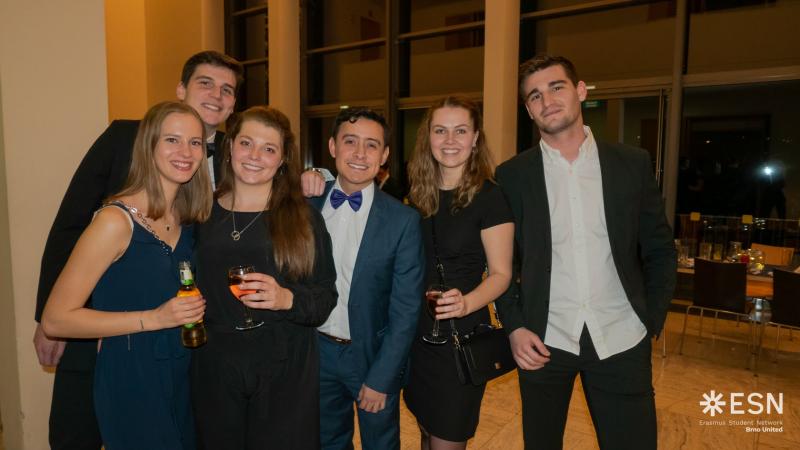
Usually, professional dancers are hired and do a special dance number displaying their skills.
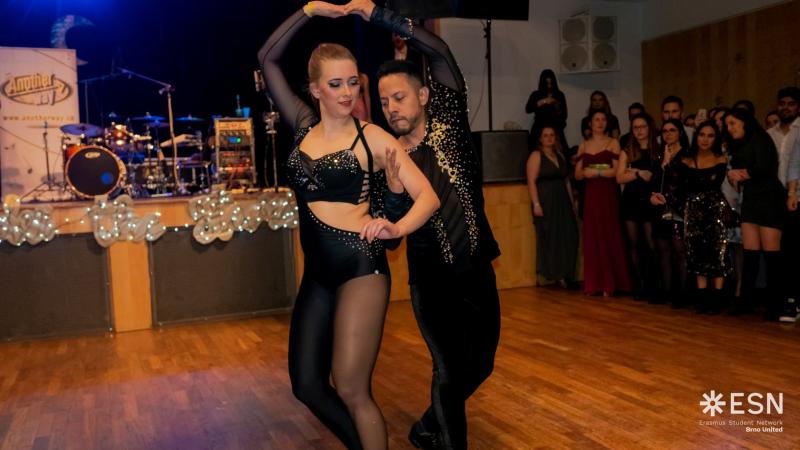
As for food and drinks - here the picture speaks for itself, as there will be a plethora of beverages to choose from.
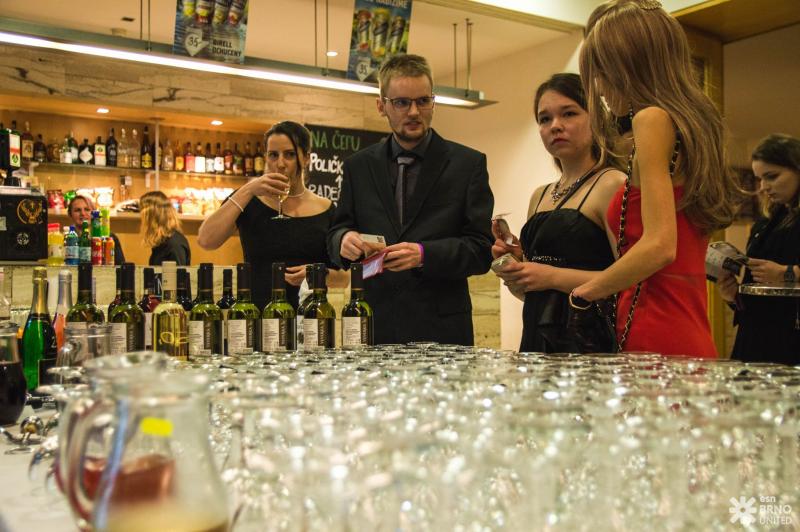
A key component of some balls is a live band.
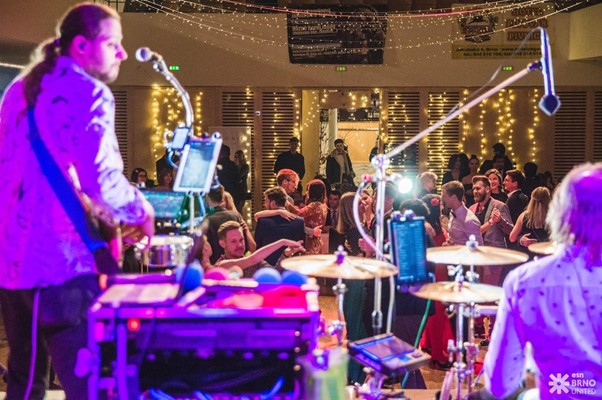
All in all, the most important part of Czech balls is having fun. Usually, an interesting main theme is picked, and this year’s ESN Brno United’s Masquerade Ball is not an exception.
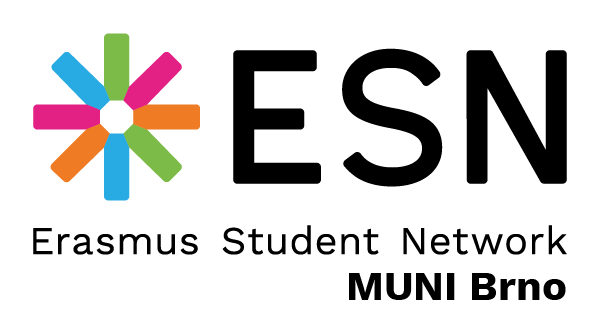
Follow us